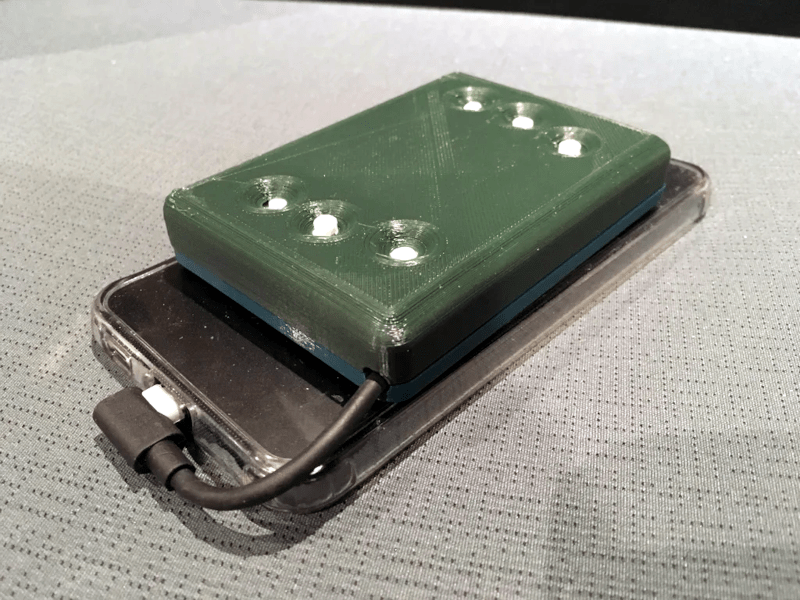Smartphones are an integral part of life, but what if you can’t see the screen? There is text-to-speech available, but that’s not always handy and can be slow. It also doesn’t help users who can’t hear or see. Refreshable braille devices are also available, but they are expensive and not very convenient to use. [Bmajorspin] proposed a different method and built a prototype braille device that worked directly with a cell phone. The post admits that as the device stands today, it isn’t a practical alternative, but it does work and is ripe for future development to make it more practical.
The device saves costs and increases reliability by using six vibration motors to represent the six dots of a braille cell. However, this leads to an important issue. The motor can’t directly mount to the case because you have to feel each one vibrating individually. A spring mounting system ensures that each motor only vibrates the tactile actuator it is supposed to. However, the system isn’t perfect, and fast output is difficult to read due to the spread of vibrations.
The whole thing sits in a magnetic case and connects to the phone for power. The data is sent via Bluetooth (BLE, actually, in this version). The electronics are simple: just some basic motor drivers and an Arduino. Slowing them down might make the vibrations easier to manage, and that might be an idea for the next version.
Overall, this seems like a good idea that maybe needs a bit of refinement. The post ends with several ideas for future development.
This made us think of a system we saw that requires no contact at all. Even machines can learn to read braille.
















Bravo!
As someone who has vision issues, has gone to a school for a blind, and is fortunate enough to have useful vision?
That? That is amazing and I have friends who could get use out of it.
Yes – very creative thinking here!
I am fully sighted but I do have some (limited) experience working with braille and visually challenged people. Braille can be quite complex. In fundamental English Braille, there are three levels of complexity: grade-1 uncontracted braille – a letter-by-letter transcription used for basic literacy; grade-2 contracted braille – an addition of abbreviations and contractions used as a space and time-saving mechanism; and grade-3 – various non-standardized personal stenography that is less commonly used.[1] Today becoming a certified grade-2 English Braille transcriptor takes a lot of time and practice and can become a profession in it’s own right.[2] But who knows – if ML/AI can train itself to stop hallucinating, maybe fast, quality, automated, grade-2 English Braille transcription will become a reality.
* References:
1. Braille
https://en.wikipedia.org/wiki/Braille
2. Braille Transcription
https://en.wikipedia.org/wiki/Braille#Braille_transcription
I wonder if, rather than using a vibration motor, you simply turned the motor on its end, and had the spindle exposed. Then a finger could feel the end of the spindle turning to indicate “action” on that point, while stationary spindles would represent inaction.
I got some super tiny stepper motors made for camera lenses, I think, which might work.
Alternatively, have the motors connect to a 90 gearbox, so that each relatively bulky motor is angled in to a more compact pixel layout, suitable for reading with a single finger.